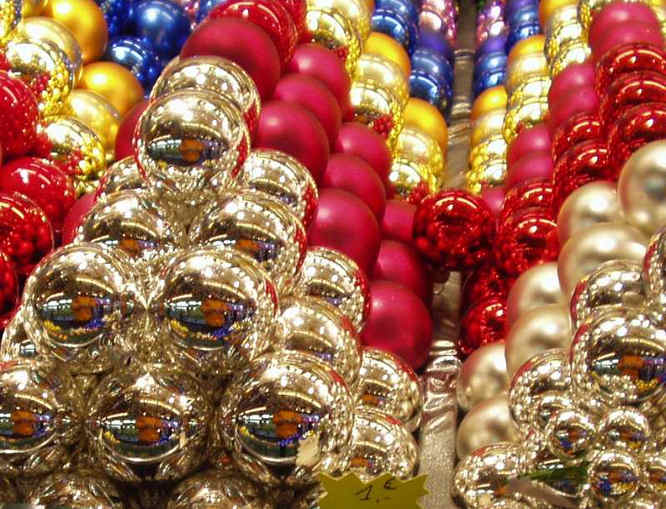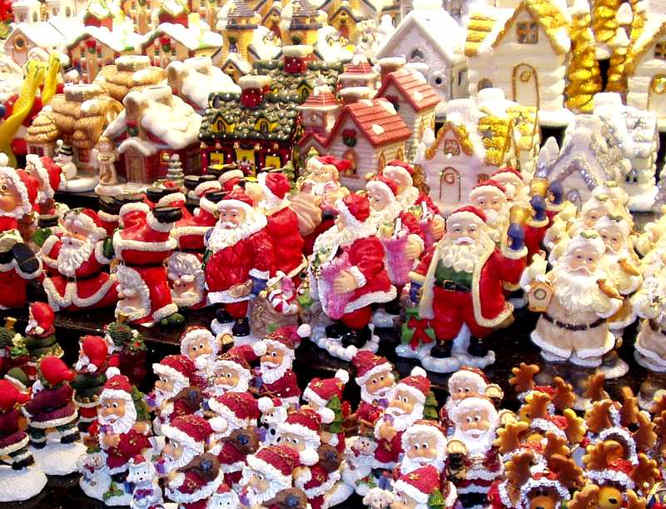The Strasbourg European Union connection
After World War Two the idea of European reconciliation led to the founding of the Council of Europe. Strasbourg was selected to be the seat of that institution and became the symbol of European unity and construction.

The Council of Europe includes all the democratic states of the Old Continent. All these countries meet in a Parliamentary Assembly to debate on the use of democracy. The European Parliament is the only European Union institution in France and at the 1992 Edinburgh summit, it was confirmed that it will continue to be based in Strasbourg. It is housed in a very striking round modern glass building.
The Members of Parliament meet once a month in Strasbourg. Strasbourg is also home of the European Court and Commission for Human Rights, a judicial body of the Council of Europe founded in 1959. Its goal is to monitor if the bill signed by all member states of the Council of Europe on Human rights is observed. The walk to the European Quater is pleasant. It takes you past some old townhouses and mansions that line the riverside.
See the city from the water. Tour boats depart regularly from Place du Marche aux Poissons, and take you around the rivers and canals of the city. They provide a great vantage point to see most of the cities sights, and learn a little of the history.

The Strasbourg cathedral
Cathedrale de Strasbourg is one of Europe's tallest gothic style cathedrals. It has a height of 142 metres. It totally dominates the city. The exterior is impressive but you will be totally charmed by the architecture of the building. Just beside the Cathedral they have a museum called Musee de Notre Dame, and in this museum I saw the tools used by the people up to the 15eme siecle( 15th Century) to construct the cathedral. For a small fee you can also climb up the stairs in the cathedral tower, but this may well involve some waiting in line. The view of the city is amazing. Inside the cathedral there is a rare clock.
The astronomical clock is a fantastic example of collaboration between artists, mathematicians and technicians. Swiss watchmakers, sculptors, painters and automaton manufacturers all worked together in its creation. The clock is a mid-nineteenth century version of the fourteenth century original. The best time to see the clock is a 12:30 every day, where the automatons begin their show. At the third clock chime, the first of two little angels rings a bell, the other angel turns a hour glass and the dance of the figures above starts moving. In the first row there is Death striking the chimes.
The different stages of life, which are personified by a child, a teenager, an adult and an old man, passes before Death. Their passage is punctuated by the beatings of wings and the song of a large rooster (in the upper left part of the clock). Christ, who occupies the highest storey of the clock, blesses every one of the apostles parading before him. On the final moments, the Christ makes the sign of the cross with his right hand.
Travel books

